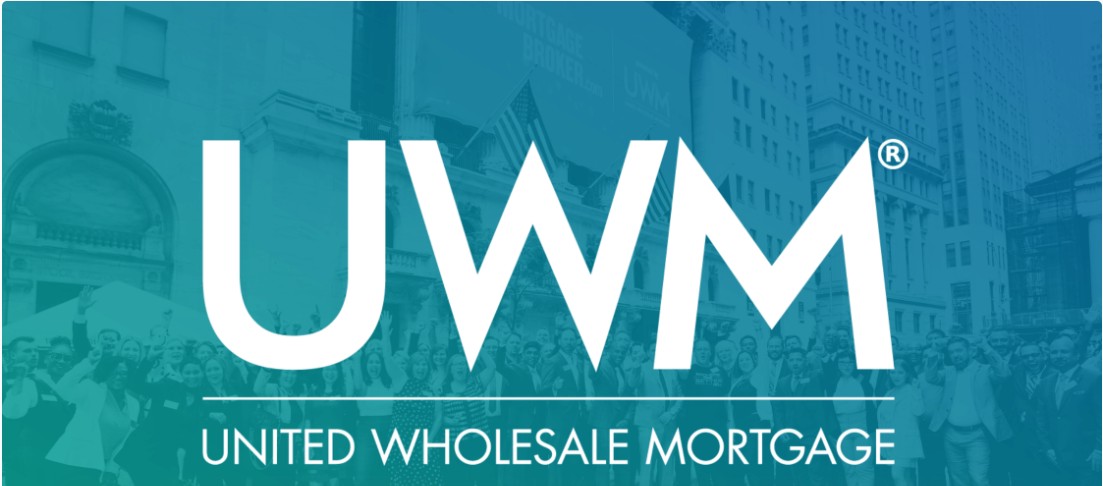Is an Adjustable-Rate Mortgage (ARM) Right for Your Financial Future?
In a world of fixed-rate mortgages, the Adjustable-Rate Mortgage (ARM) stands out as a more complex and specialized financial tool. An ARM can be a powerful strategy for the right borrower in the right circumstances, often providing a lower initial interest rate than a comparable fixed-rate loan. However, its structure introduces a level of uncertainty that isn't suitable for everyone.
This guide is designed to provide a balanced and clear explanation of ARM loans, dispelling common myths and helping you determine if this product aligns with your personal and financial goals.
How an ARM Works: A Simple Explanation
An ARM loan is defined by two distinct phases:
- The Initial Fixed Period: For the first several years of the loan, an ARM behaves just like a fixed-rate mortgage. You have a set interest rate that does not change, often called a "starter" or "teaser" rate, which is typically lower than the rate on a 30-year fixed loan. This initial period is most commonly 5, 7, or 10 years.
- The Adjustment Period: After the initial fixed period ends, the interest rate can change or "adjust" periodically, usually once every six months or once a year. This adjustment is not random; it is tied to a specific financial index and is governed by strict rules.
The adjustments are controlled by three key components:
- The Index: This is a benchmark interest rate that reflects general market conditions, such as the U.S. Treasury rate. Your lender does not control the index.
- The Margin: This is a fixed number of percentage points that the lender adds to the index to determine your new interest rate at each adjustment. The margin is set at the beginning of your loan and does not change. Your new rate = Index + Margin.
- The Rate Caps: These are crucial safety features that limit how much your interest rate can change. There are three types of caps: a first adjustment cap (limits the initial increase), a subsequent adjustment cap (limits increases at future adjustments), and a lifetime cap (sets a maximum rate your loan can ever reach).
Decoding the Numbers (e.g., 5/1 ARM, 7/6 ARM)
You will see ARMs described with two numbers, like a 5/1 ARM or a 7/6 ARM. It's simple to decode:
- The first number indicates the length of the initial fixed-rate period in years.
- The second number indicates how often the rate can adjust after the initial period ends. A "1" means it adjusts annually, while a "6" means it adjusts every six months.
So, a 5/1 ARM has a fixed rate for the first 5 years, after which the rate can adjust once every year. A 7/6 ARM has a fixed rate for the first 7 years, after which it can adjust every six months.
Who is the Ideal Candidate for an ARM?
An ARM is not a one-size-fits-all product. It is best suited for borrowers with a specific financial plan and a clear understanding of the potential risks. The ideal candidate often fits one of these profiles:
- The Short-Term Homeowner: If you are confident that you will sell the home or refinance the mortgage before the initial fixed-rate period ends, an ARM allows you to take advantage of the lower initial rate and payment without ever being exposed to the risk of an adjustment.
- The High-Growth Earner: A borrower who confidently expects a significant increase in their income in the coming years (e.g., a doctor finishing residency) may be comfortable with the potential for a higher payment later, knowing their growing income can easily absorb it.
- The Financially Savvy Buyer: A borrower who can comfortably afford the maximum potential payment (as determined by the lifetime cap) may choose an ARM to capitalize on the lower initial payment, investing the monthly savings elsewhere.
Pros and Cons of an ARM
It's essential to weigh the benefits against the risks.
Pros:
- Lower Initial Interest Rate and Payment: The primary benefit is a lower monthly payment during the fixed period, which can free up cash flow or allow you to qualify for a larger loan.
- Potential for Savings: If you sell or refinance before the first adjustment, you will have saved a significant amount of money compared to a fixed-rate loan.
Cons:
- Payment Uncertainty: The biggest drawback is the risk of your monthly payment increasing after the fixed period ends, which could strain your budget.
- Potentially Higher Long-Term Cost: If rates rise significantly and you keep the loan for many years, you could end up paying more in total interest than you would have with a fixed-rate mortgage.
- Stricter Qualification: Because of the added risk, lenders may sometimes have more stringent qualification requirements for ARM loans.
The Roadrunner Advantage: A Personalized Financial Strategy
Choosing an ARM is a strategic financial decision that requires more than just filling out an application. It demands a careful conversation about your career path, your long-term plans for the home, and your personal tolerance for risk. As your mortgage advisor, I will take the time to have that conversation with you. We will analyze your complete financial picture to determine if an ARM is a tool that can help you achieve your goals, or if the stability and predictability of a fixed-rate mortgage is the smarter path for you.
An ARM requires a careful, personalized analysis. To explore if this or any other loan program is right for you, schedule a consultation with Chuck or begin your secure pre-approval.

